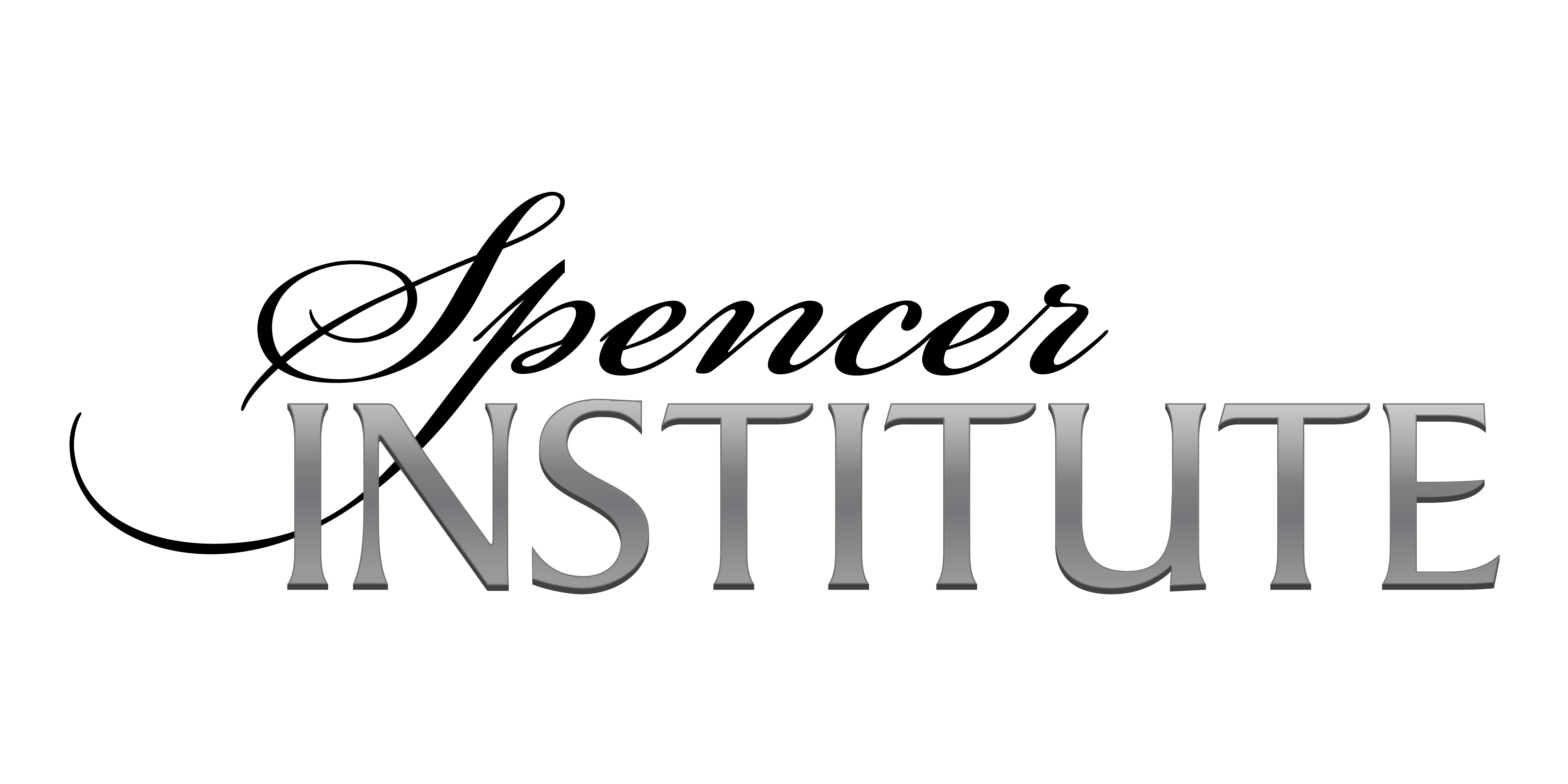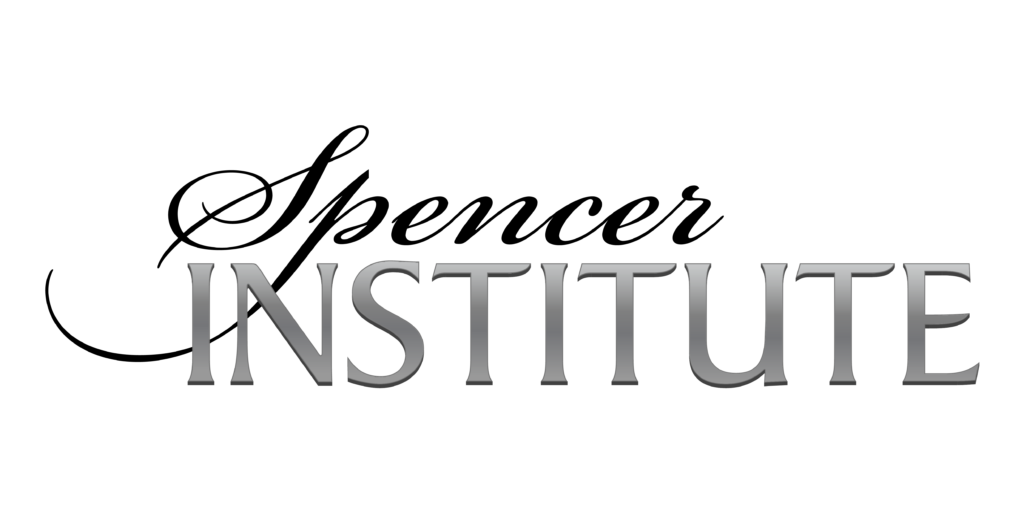It is one thing to know of the transtheoretical model and to appreciate the history of its incorporation in the field of wellness coaching and behavior change. It is another to practically apply these concepts to your client.
Again, your clients are looking for you to connect their positive core, their strengths, attitudes, values and resources for learning and growth to their efforts related to behavior change. Doing so will help the client to maintain a positive relationship to the idea of changing their behavior. Since behavior change is known to be difficult, it is best to remind your client that this is a normal feeling, for them to step outside of what they are comfortable with while seeking to make an important, conscious effort at change.
 Reassuring clients that lapses occur during the earliest stages of change may help clients with their self-confidence and self-efficacy; this requires that the coach be encouraging and supportive in the early stages of intervention.
Reassuring clients that lapses occur during the earliest stages of change may help clients with their self-confidence and self-efficacy; this requires that the coach be encouraging and supportive in the early stages of intervention.
If you happen to observe your client experiencing difficulty with the process of behavior change, reassure them that this is very normal and part of the change process overall. It is best to remind the client at this time that they are doing something that would be difficult for anybody, not just them. It may also be helpful to remind the client of their past success stories.
Since most people will tend to underestimate their own abilities to change behaviors while lacking the tools and processes to facilitate change, the coach plays an instrumental role in helping the client to raise their confidence level. This is done by never losing sight of what the client’s positive core is. Clients who are able to develop internal motivation and focus less on external motivators are more successful at behavior change, due to looking inside of themselves (internal) and focusing on changing behaviors for themselves and not for someone else (external). It is when our client relies on motivation from external sources, that they encounter anger, frustration or even guilt. This can lead your client to simply give up. If your client can honestly say “I am doing this because it will help ME to feel good and to feel positive about myself”, then you have been successful in terms of being able to bring the client to move to a higher stage of readiness. This is also a sign that goals set with the client are appropriate and on track.
In an effort to appease their coach, sometimes clients will use guilt to express themselves. Statements like ”I should have done this or that”, are counterproductive. By helping your client to focus on their internal motivations, the pressures attached to any external motivators are lessened.
As you “listen for” cues from your client during consults, assess your client’s motivation. Do they have a tendency to say things such as “I don’t know if I really want to do this”, or “I can’t do this”, “I don’t have the time to do this”, “This seems like it will be too difficult for me” or “I won’t be able to do……..(other activities) if I make this change”? These are all clues coming from the client, revealing their readiness to change.
If you’d like more information about coach education and online training with a health and wellness focus, consider enrollment in the Spencer Institute Holistic Life Coach Certification and the Wellness Coach Certification. If you are brand new to coaching, we recommend the Life Strategies Coaching Certification.










